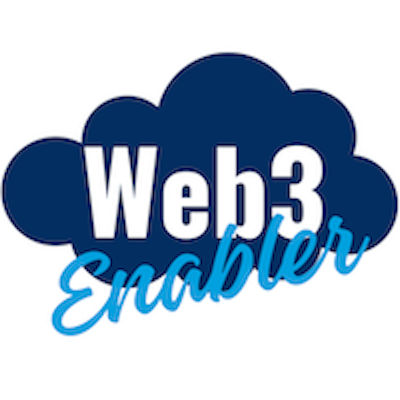
The management of crypto assets requires string secure by design principles. Designing to optimize web3 wallet trust is a major part of these efforts.
An overview of Web3 Wallet Trust
Features of Web3 wallets that establish trust include the following.
- Innovative authentication factors
- Security awareness education for users, as part of proper documentation for self-custodial wallets
Web3 Wallet Trust Example – MetaMask
Connecting a network to a web3 wallet requires that the wallet owner trusts the network. MetaMask has built-in features that help to build this trust into the wallet’s design.
A MetaMask user must enter the following information in order to add a network to a wallet.
- Network name
- New RPC URL
- Chain ID
- Currency Symbol
Users can also connect certain EVM compatible networks to their MetaMask wallets by using a tool like ChainList. MetaMask strategically warns users about potential trust issues (as shown in the below image), which is a useful security feature for the user experience.

Implications of Trust for Enterprise Transactions
Blockchain Payments is built using Wallet Connect, which is an open protocol that allows wallets to connect easily and securely to decentralized applications (DApps) operating within the EVM framework. This ensures that users can engage with our platform using their preferred wallets without any compatibility issues.
The following features also enhance the security and trust of cryptocurrency and stablecoin payments for our users.
- Requiring Salesforce Administrators to set permission sets for our apps upon setup is an authorization control.
- As a Salesforce independent software vendor (ISV) partner, our applications undergo thorough security reviews as part of our secure software development lifecycle.







